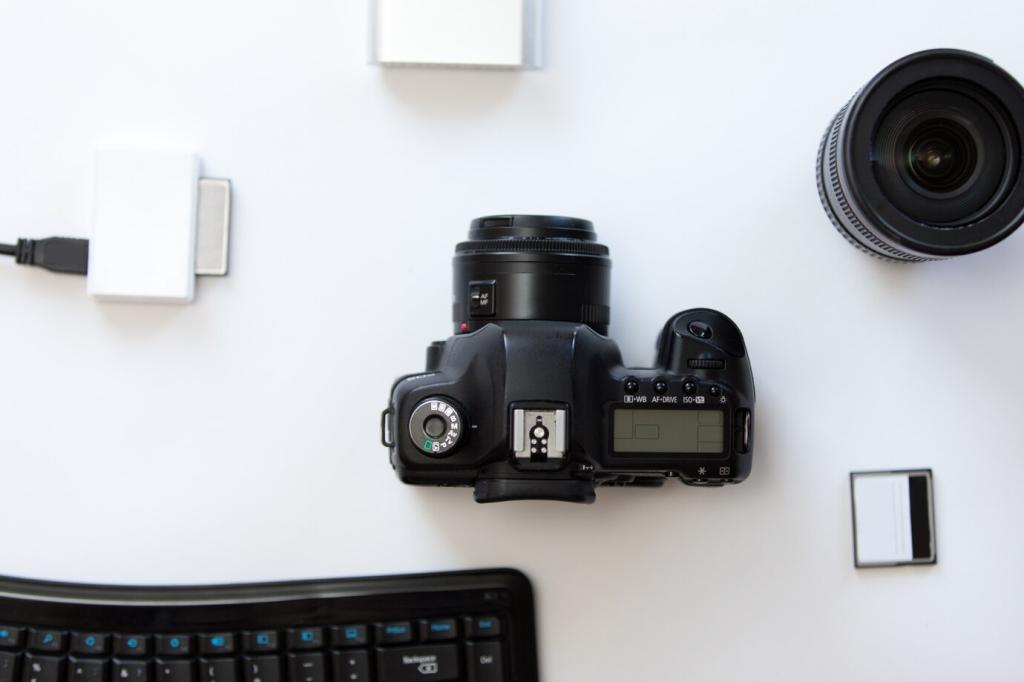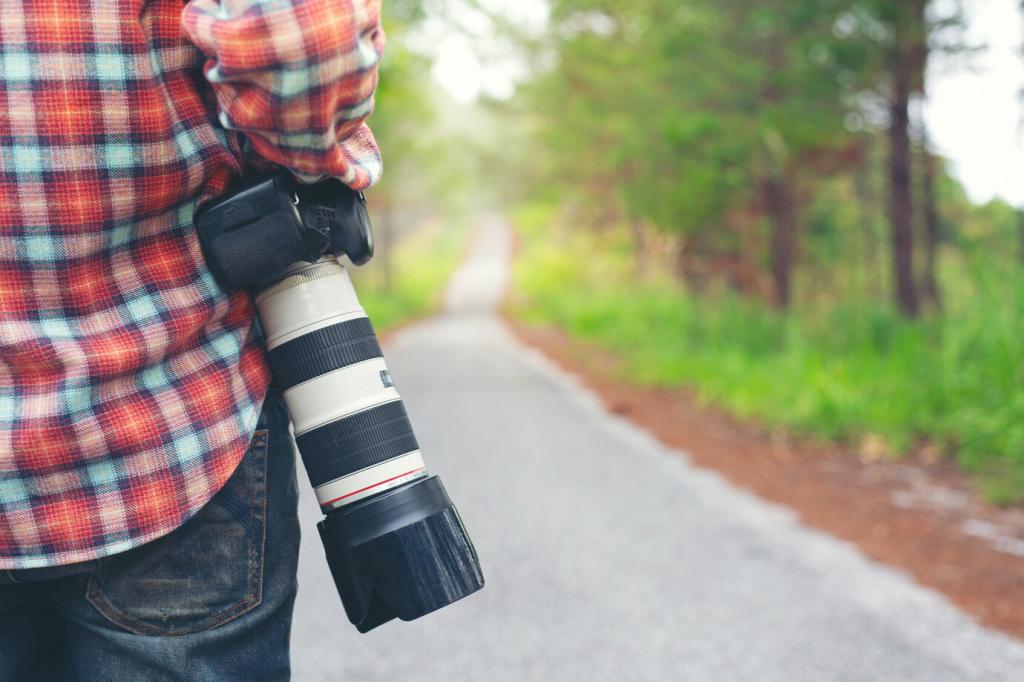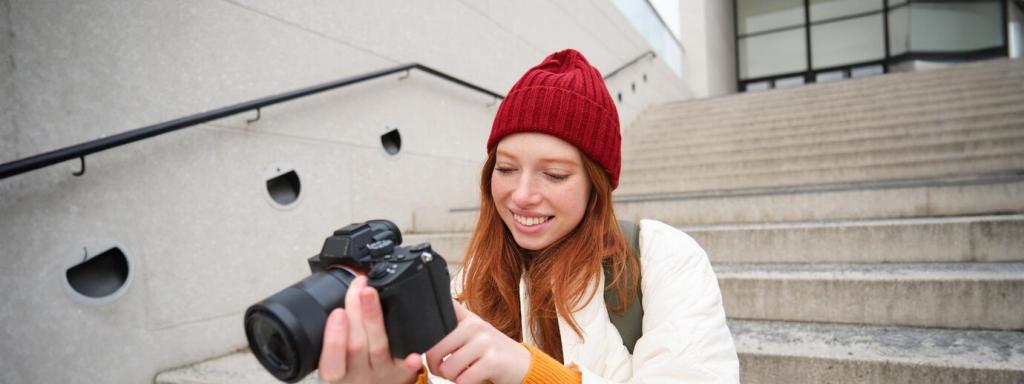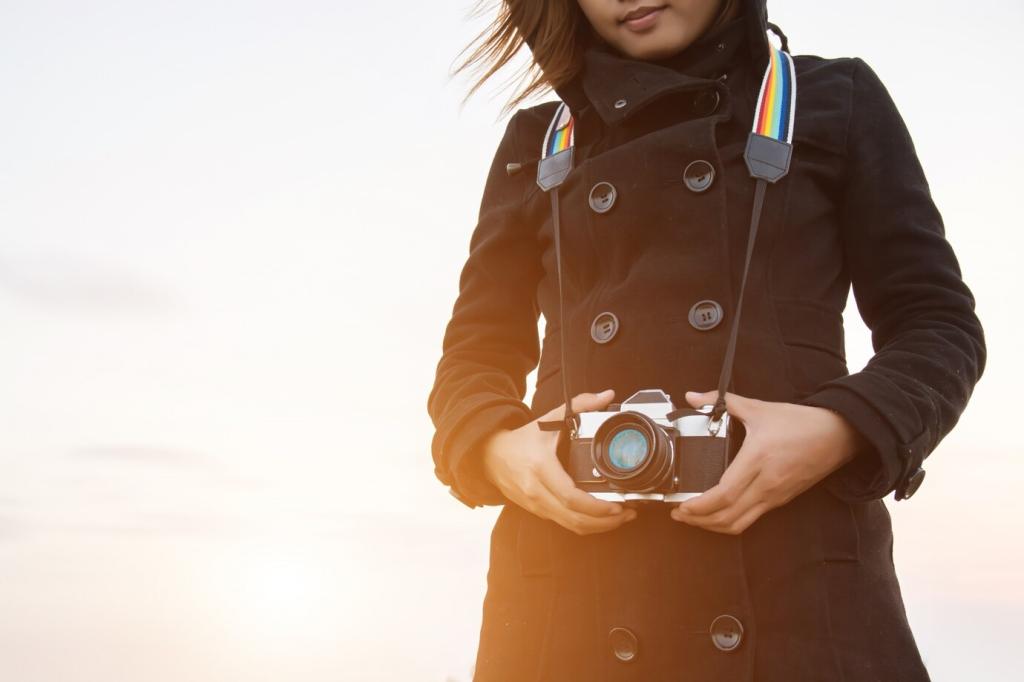Portrait Perfection: Lenses That Flatter Faces
A 50mm lens offers natural perspective, lightweight handling, and bright apertures that separate subjects beautifully. It doubles for food, street, and family photography. Share your favorite 50mm portrait and what made it work.
Portrait Perfection: Lenses That Flatter Faces
An 85mm compresses features gently, keeps you at a comfortable working distance, and delivers gorgeous bokeh at f/1.8 or wider. If you shoot head-and-shoulders, this focal length often feels like instant confidence in every frame.
Portrait Perfection: Lenses That Flatter Faces
Consider f/1.8 primes, older screw-drive lenses, or refurbished units. Vintage glass adds character, though autofocus may be slow. Ask the community about affordable portrait gems that balance image quality, reliability, and resale value.









